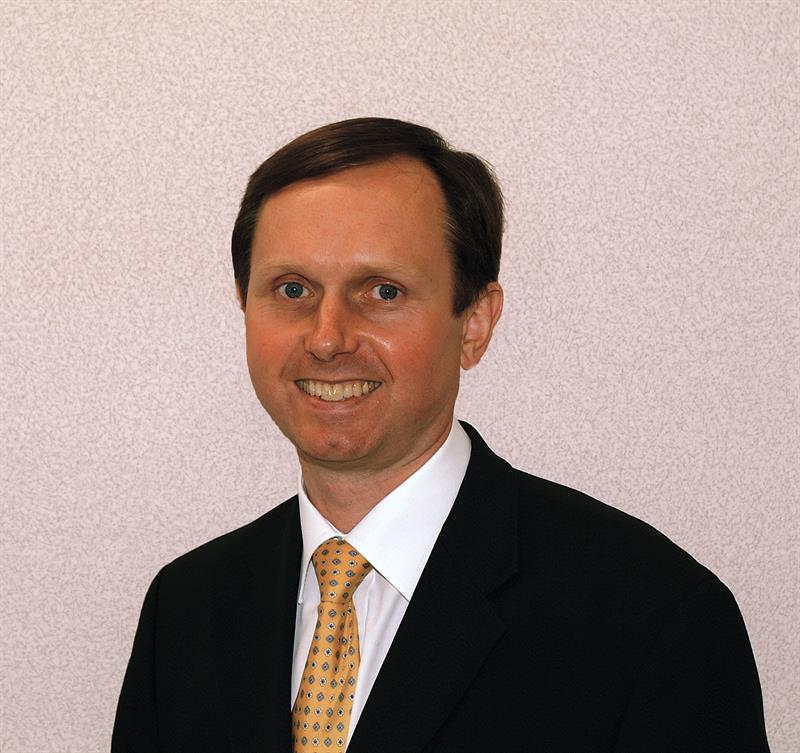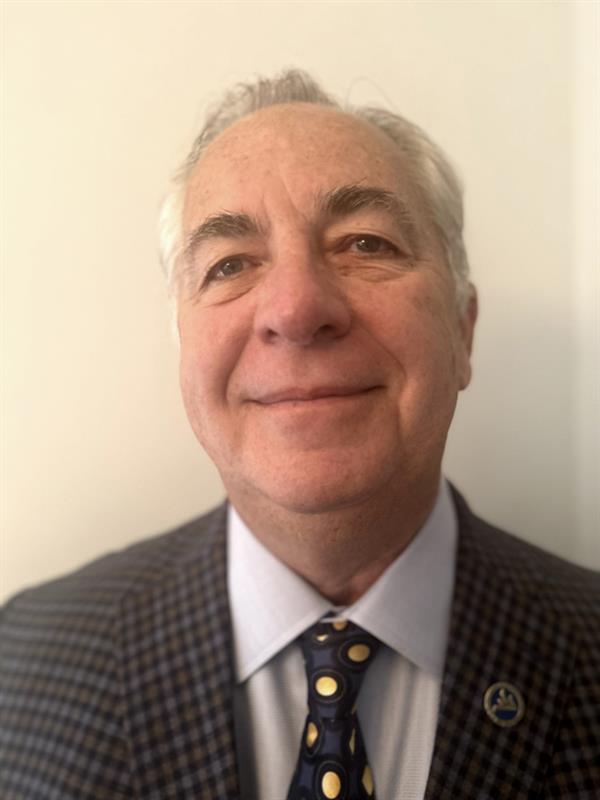Sir Moir Lockhead, the co-founder of First Group, pictured, says that the award named after him does not follow traditional definitions of health and safety.
“That is about compliance with regulations, and if you comply, you’re fine. Here, the SOE is going one step further. Instead of usually talking about compliance, we are talking about injury prevention and well-being, which is about caring for people. There’s a simple message: if you can’t do it safely, don’t do it.” He adds: “Those people nominated and who are being rewarded have created in their companies a change of culture where injury prevention and caring for people is at the top of the list. Where this occurs, where leadership is strong, what happens, as we all know, is that they are more successful.” An ex-colleague of Lockhead involved in the awards, Naveed Qamar, adds: “It’s leaders that make safety happen. Where the organisation’s culture is driven by the belief of leaders, it makes a huge difference, and I saw that first-hand at First Group under Sir Moir. He always put safety where it needs to be: first and foremost, and everything else fell in line behind.”
Also named as safety leaders this year are Steve Jobson, asset management business partner, DHL supply chain and Annie Sovcik, former director of Busing on the Lookout, Truckers against Trafficking, profiled in the December issue of Transport Engineer magazine.

CLIVE BURROWS
Group engineering director, First Group
Clive Burrows has worked in between the worlds of bus and rail, and operations and manufacturing. Burrows explains: “Operations teams tend to try to cope with whatever they have thrown at them. It’s important to have feedback from their experience to design: ‘next time, don’t do that, do this’. Operational experience in the field tells us that this creates a safer and more reliable design.”
His extraordinary career began in the 1970s with a British-Rail sponsored degree in electrical and electronics engineering at the University of Bath “at the time when British Rail had ships, hovercraft, hotels and even a golf course (Gleneagles). The great advantage was that it gave me the opportunity to see across the spectrum of all the transport systems.”
Having been promoted to Intercity route fleet manager, in 1991 he became involved with the engineering base setting up Eurostar, including the new depot at North Pole in West London, and the train designs. He recalls that exposure to French, Belgian and German attitudes and approaches to rail safety was valuable.
Another key point was that the Eurostar’s approach to safety was utterly different to every other train, he explains. “Hitherto in the rail industry, the way of thinking was, if there’s anything unsafe, red signal, stop the train. But there’s no point in stopping in the tunnel. So, we had to design the system so that even if a train is on fire, it would be safe to continue to the end to evacuate. That was a radical change in thinking – more like aircraft. There’s no point in shutting the engines down in the mid-Atlantic.”
Privatisation of rail led him into the private sector, working for a design and project management consultancy, from which he was recruited to First Group as engineering director in June 1998.
The following year, the Ladbroke Grove rail crash killed 31 and injured 417. It was a watershed moment for the company, himself and CEO Moir Lockhead. Not because it was the fault of First Group; another operator’s train that passed a red signal, but the way it changed the company culture. Burrows noticed that the ATP safety system on the affected train wasn’t working (although it had no effect on the incident). But Lockhead decreed that thereafter no First Group train would run without it, so it was up to Burrows to make what had been an optional system universal, a task that involved intensive design development, together with specialist recruitment and training.
Also, First Group were about to place an order for a new class 360 fleet from Siemens. Burrows had seen first-hand that the Thames train involved in the incident had suffered (‘unzipped’) because of the aluminium welded construction. He recalls: “I said that we are not introducing aluminium bodies unless they can demonstrate aluminium performs in an accident as well as steel. Welding aluminium weakens it, so the method of construction, the design philosophy, has to be different to steel.” As a result, he worked on train design with Siemens in Germany: “I wanted to see that we could protect the survival space even in a high-energy collision scenario. We got there, and it didn’t add any cost to the design- there’s a controlled collapse. There was a huge legacy, as Siemens and other manufacturers’ trains have incorporated those lessons since, which go well beyond the mandatory crashworthiness requirements for lower speed collisions.”
A few years later, when First Group bought Laidlaw in North America, which included the Greyhound Lines coach business, Burrows turned his focus to a number of operational bus safety issues.
“It’s subtly different in rail and bus. In rail, operators carry the responsibilities for ensuring that they have assessed risks from first principles. You can’t rely on manufacturers saying, ‘it’s good enough’, as you often do in the automotive world. Because of my background in road and rail, I pressed colleagues to not just accept that it’s safe because the manufacturer says it is. You need to make sure the controls are actually effective at controlling the risks you’ve identified.”
His varied career has included work devising rail plans for the Department for Transport and the first Rail Technical Strategy; he also chairs the Sustainable Rail Industry Leadership Group.
One recent focus has been drowsiness and distraction of drivers. He brought in detection and alerting aids from Australian road transport on to Croydon trams. He hopes to convince UK train drivers’ unions of the value of fitting them. It’s one example of how his experience in bus is changing rail.

JIM LATHAM
Former GM, Consol Marine Terminals LLC
Large, underground coal mines, where a graduate mining engineer Jim Latham worked better than half of his career, present a unique working environment, and potential hazards that working above ground doesn’t. They include close proximity to large moving equipment, a roof that may break and fall out, as well as ribs (the walls) that can pop loose; the presence of water that can cause workers to slip and fall, and, finally, darkness: for the most part, the only light is on your head.
“It is absolutely a dangerous environment. You definitely have to be on the top of your game down there, and not only look out for yourself but also look out for others around you. In my role as a mine superintendent, I was the chief health and safety officer for upwards of 500-600 people.”
To help develop safety awareness, Latham developed a programme called ‘hands-on compliance training’ for his mine, which ended up travelling to 10 mines in three states. “We set up in a parking lot or in an adjacent field next to the mine portals, and had five or six different mock underground scenarios, and we would load them up with citations common to each mine that we were getting, and took every employee through there; not only salary workers but hourly [unionised staff] too.
“They would identify all of the citations or violations that were set up and then came back into a classroom for a debrief. It was a contest, but at the same time we would talk about the citation, what it cost – the financial penalty – and what their role could be in preventing it. We saw pretty significant reductions across the company once we put all of the employees through this programme.”
One module might include a piece of track with an underground vehicle, and staff might drain all of the brake fluid out of a master cylinder, or take a fire extinguisher off, remove a track jack, or sounding device, or break a headlight. These small things wouldn’t stop it from running, but were definitely a violation and may cause the vehicle to operate in an unsafe manner.
Having done that, Latham began participating in another training programme in behavioural change – whose goal was not to lower accident rates, but to reduce their severity. It would have a profound impact. “That was probably the turning point in my career to professionally and personally dealing with others and becoming a more effective manager. For lack of a better word, I was pretty much an arsehole. I had great production numbers; great safety numbers and great cost numbers, but you would never meet a more miserable person. I ran the mines I was responsible for with fear and intimidation, which was somewhat effective, but took a toll on my personal and professional relationships.”
The behavioural training, by safety consultancy Aubrey Daniels International, emphasises the power of positive reinforcement. “I would go up to mining sections and notice things that were wrong, but I may have walked past six good things that people were doing right that I didn’t take the time to recognise.” In fact, praising staff will help encourage positive behaviour.
The training wrought other changes too, he reports. “I transitioned from one of the greatest tellers ever to one of the greatest askers. When you’re a teller and when you tell people things, they just have to sit there in the hope that you will eventually run out of air. When you ask open-ended questions, unless they are illegal, immoral or against the grain of the company, you engage them in a conversation. In doing that, you can steer their thought process and shape their behaviours in the direction that we need to go, whether it’s a safety, operational, labour or maintenance issue.”
Latham had an opportunity to put these ideas into action when he was assigned to manage the company’s coal export terminal in Baltimore, Maryland. It was an experience, he said, that he describes as “so enjoyable to watch the staff blossom and grow, and letting them know that they have a voice, and the workforce too.” He retired from that post earlier this year, having improved its revenue, safety performance and profitability year on year, for the five years he served as its general manager.